This period saw the Crusades, the Mongol invasions, and the rise of the powerful Timurid empire.
c. 900 - 1517 C.E.

This period saw the Crusades, the Mongol invasions, and the rise of the powerful Timurid empire.
c. 900 - 1517 C.E.
We're adding new content all the time!
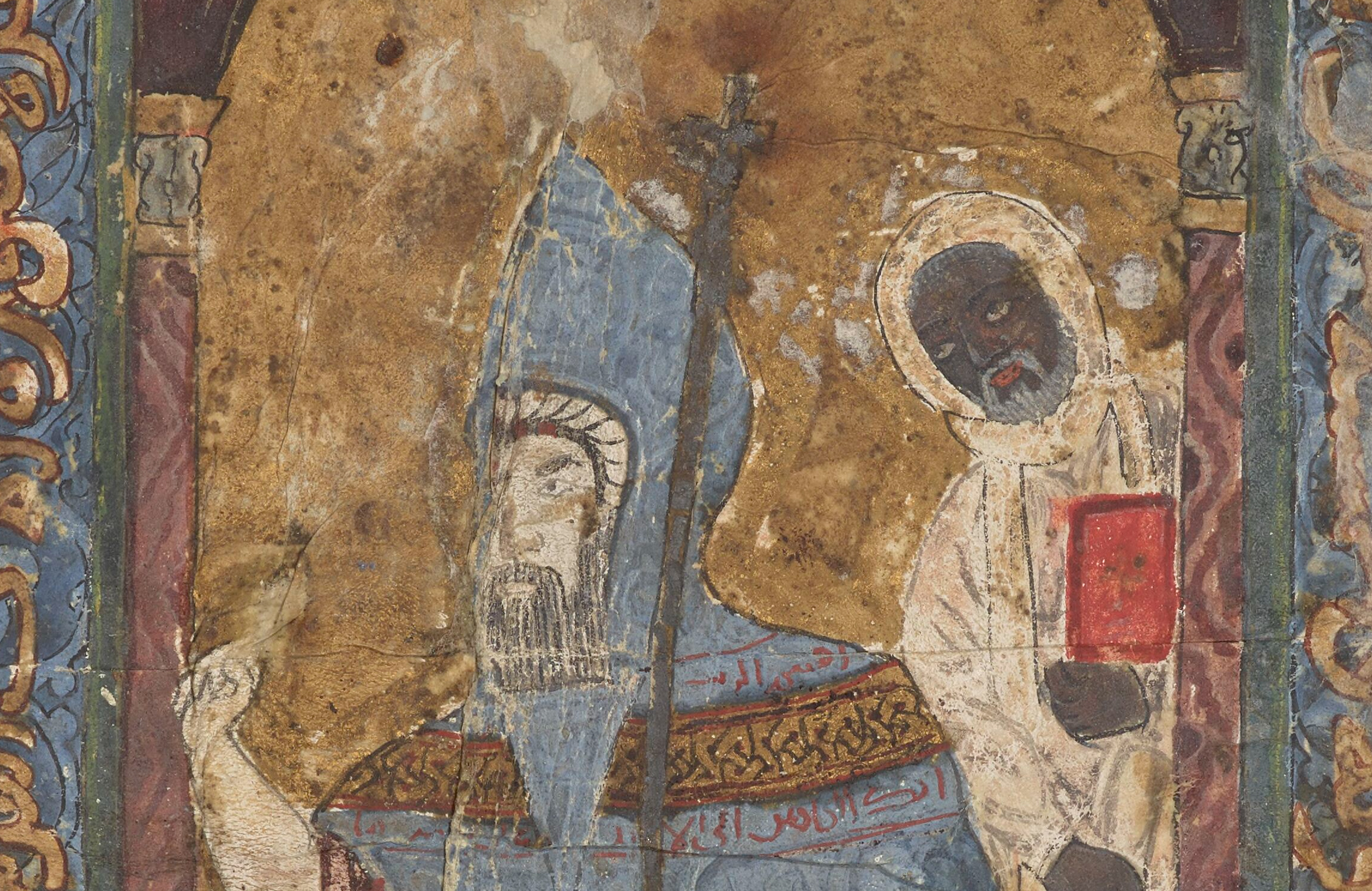
A closer look at this 12th-century Egyptian illuminated gospel book reveals why it is remarkable.
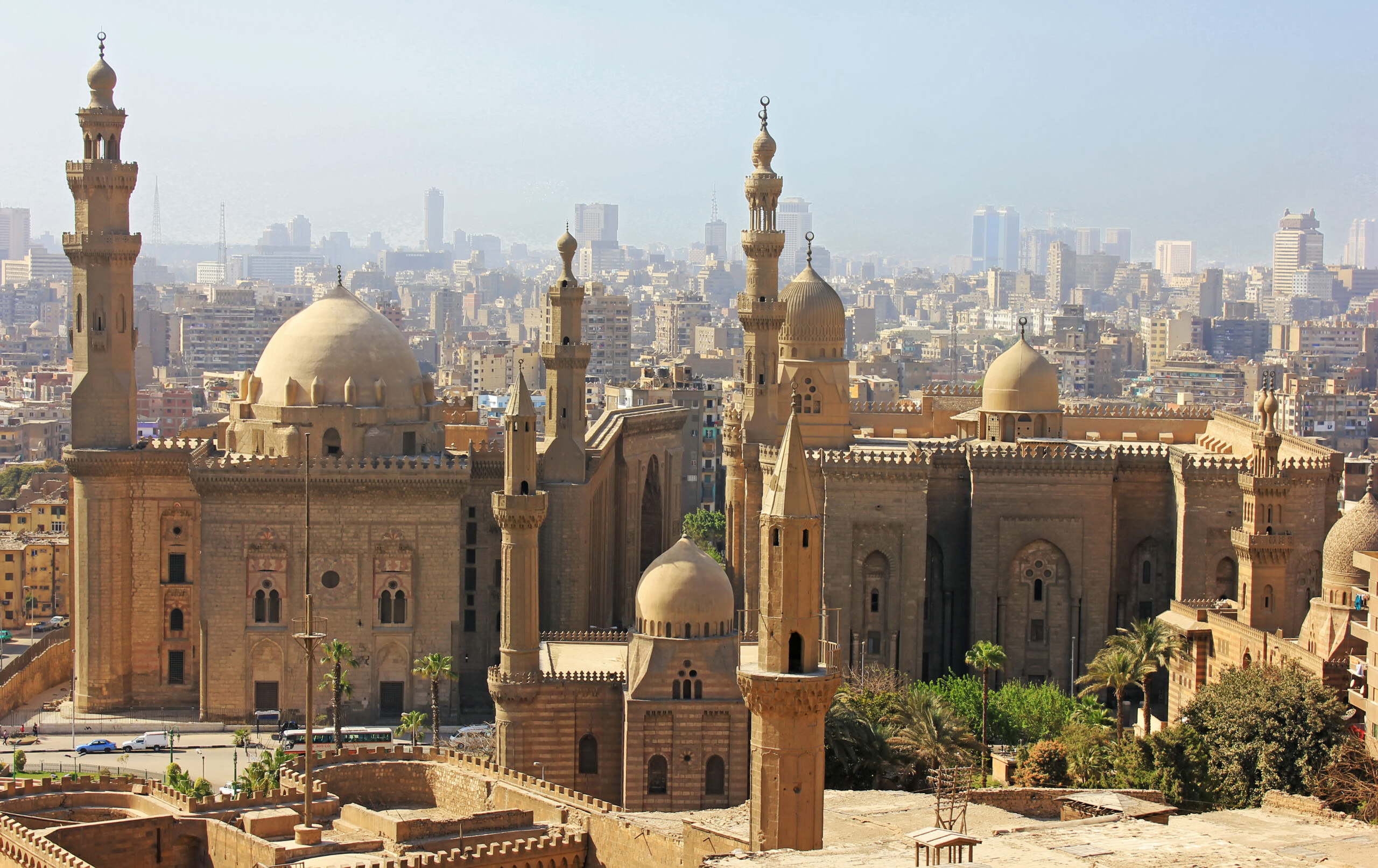
Now a bustling metropolis, Cairo was once the imperial city for the Fatimid caliphs and their entourage.
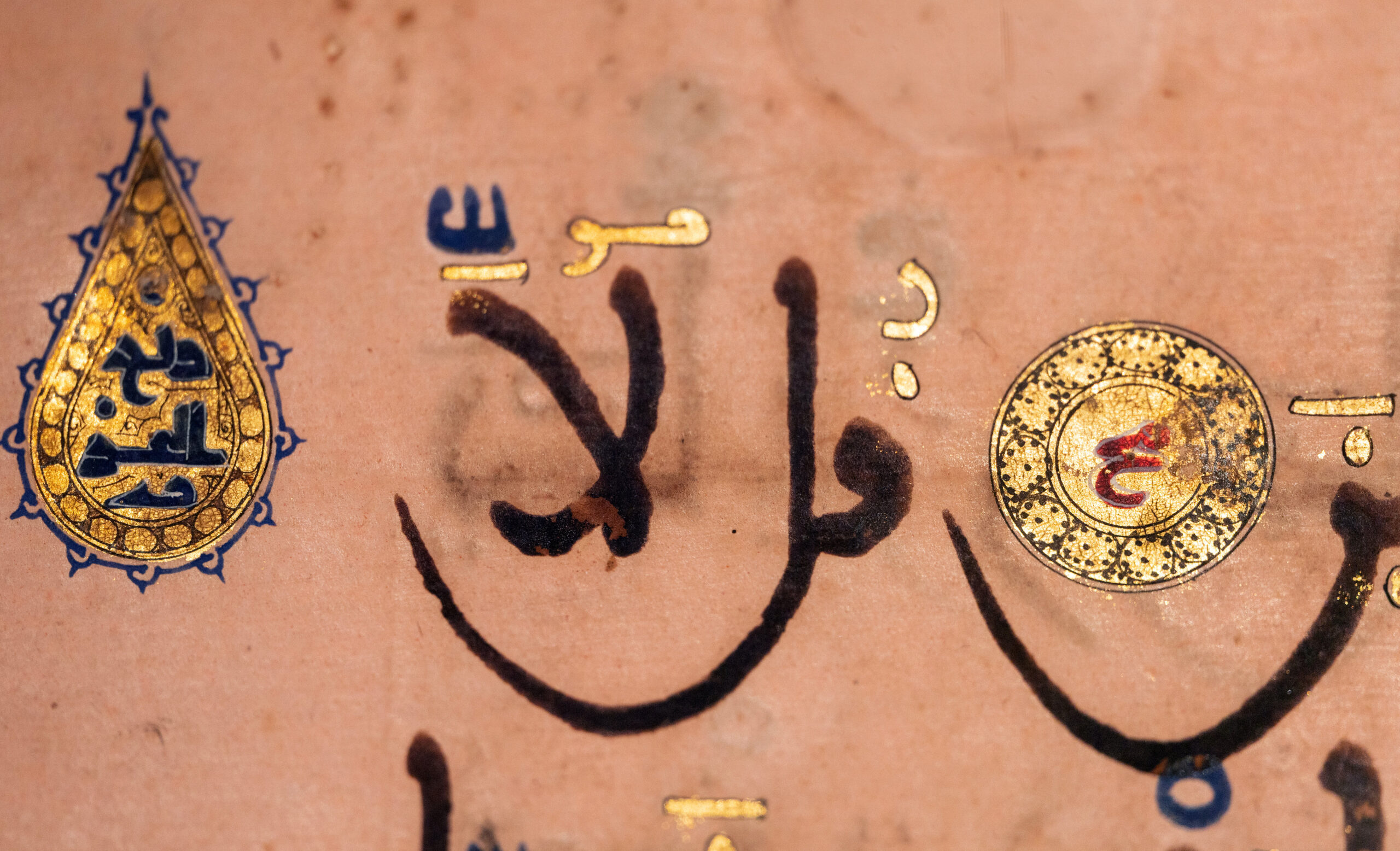
The medieval Islamic world covers a vast geography with diverse rulers, artists, and patrons.
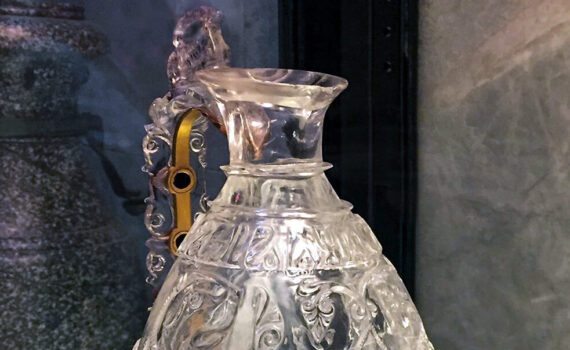
This rock crystal ewer is a unique testament to the height of rock crystal production in Fatimid Cairo.
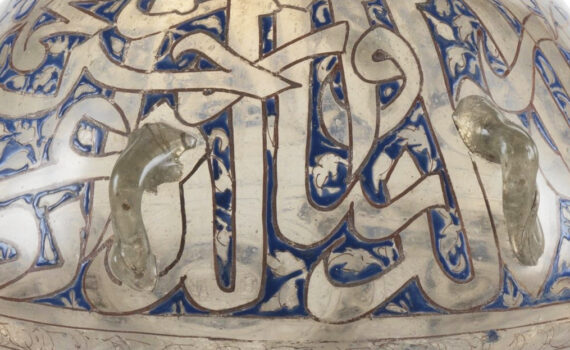
The glass lamps of sultan Hassan’s mosque portrayed him as a devout and powerful ruler long after his death.
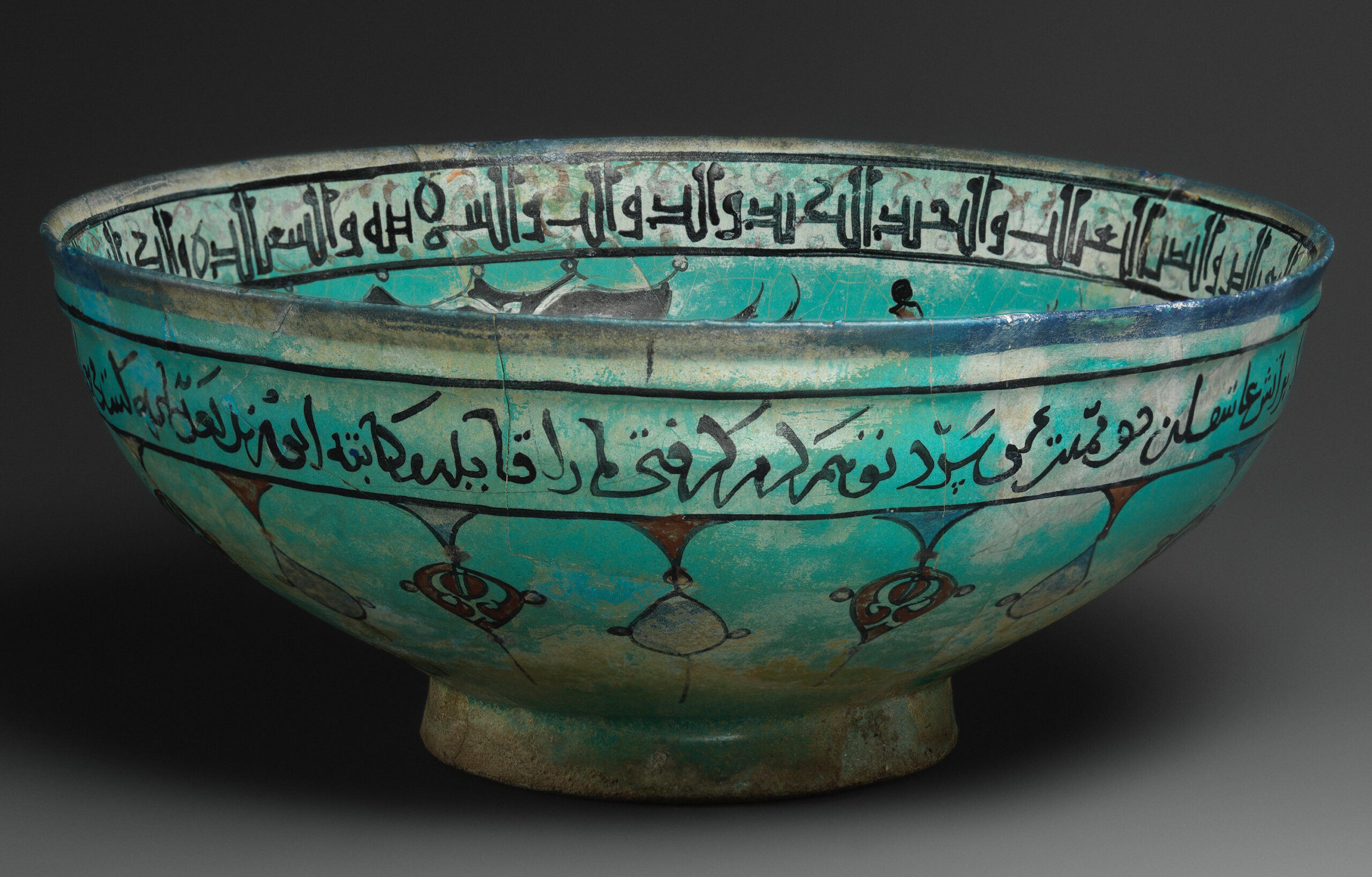
Poetry is central to this bowl—Persian and Arabic poems encircle the vessel on both its exterior and interior.
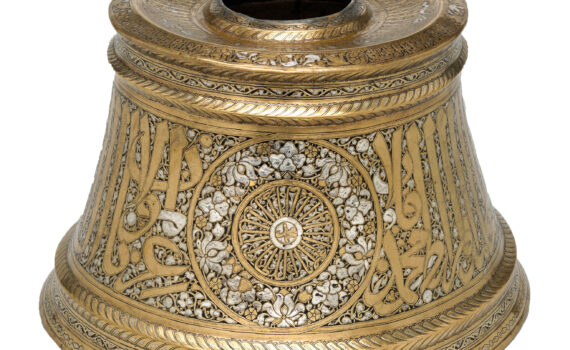
Mamluk sultan al-Nasir Muhammad's candlestick base exemplifies a new visual language of power that emerged in 14th-century Egypt and Syria.
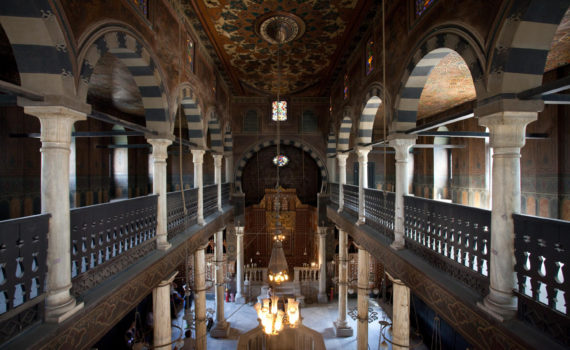
The medieval architecture and decoration of the Ben Ezra Synagogue reflect the Egyptian Jewish community's connections to the local visual culture.
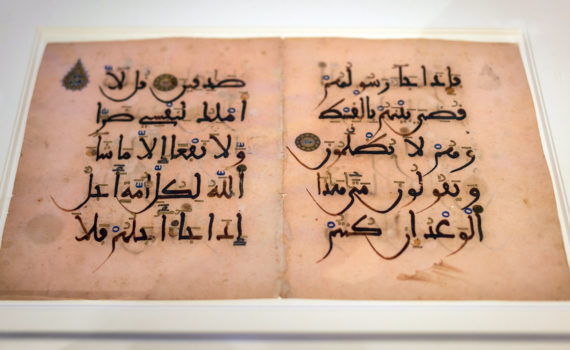
Pages dyed pink, script from the Maghreb, and gold medallions make this Qu'ran especially spectacular.
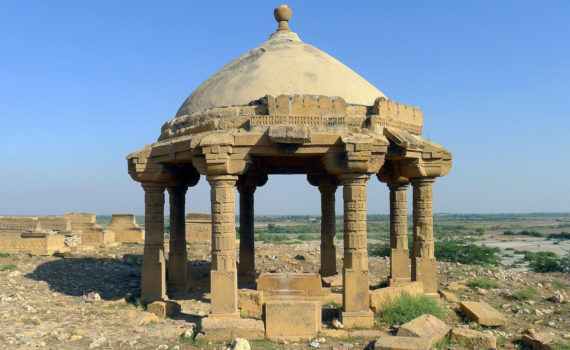
Mosques, tombstones, textiles, and murals are only a few examples of the art and architecture created on the Indian subcontinent in the sultanates.
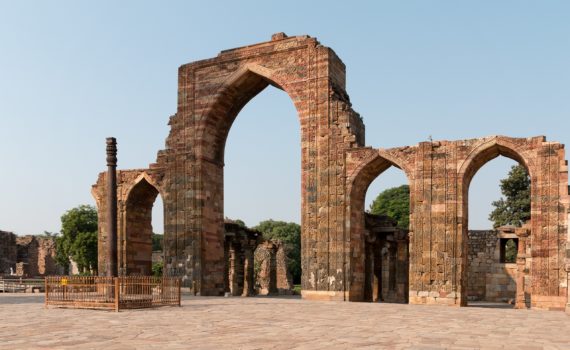
The Qutb archaeological complex and the Delhi Sultanate are important chapters in Indo-Islamic architectural history.
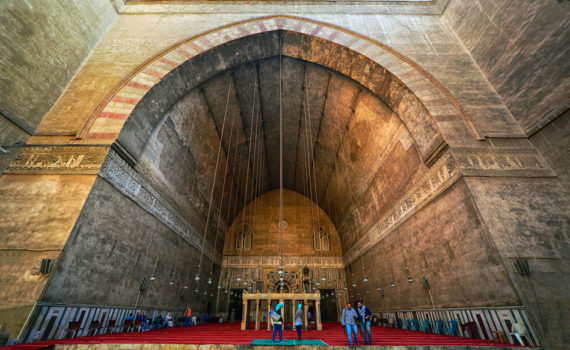
The madrasa-mosque of Sultan Hasan remains one of the most ingeniously designed mosques in the history of Islamic architecture.